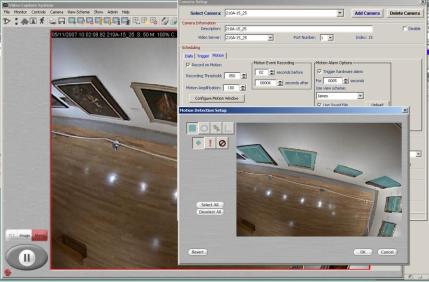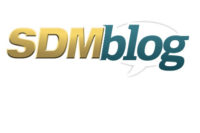The Butler Institute of American Art opened in 1919 and was established by industrialist Joseph G. Butler Jr. as the first in the nation devoted solely to American art. The institute’s mission is to preserve and collect works of art in all media created by U.S. citizens. The institute's holdings now exceed 20,000 individual works, and the Butler is known worldwide as "America's Museum."
Butler financed the museum's building, designed by the famous architecture firm of McKim, Mead & White, and helped start a collection that now includes important paintings by Winslow Homer, John Singer Sargent, Edward Hopper, Charles Sheeler, William Gropper and many others. Each year, the museum draws 130,000 visitors to more than two dozen exhibitions at its main building on Wick Avenue in Youngstown and its branches in Trumbull County and Salem. It operates annually on a budget of $2 million, an exceedingly modest amount given the museum's productivity.
The institute successfully deployed the Camera Based Motion Alarming System (CBMAS) from Acuity-vct, Cleveland, to protect its holdings.
For years, the institute’s executive director, Dr. Louis Zona, had believed that there must be a more efficient way to protect the priceless collection of American Art during hours of operation. Historically, the Butler’s security staff used video surveillance to monitor visitor movements, insuring theft or damage did not occur. Though this method is appropriate for the vast majority of guests, Zona lost sleep for years worrying that there was a potential weakness in this strategy — a small group of individuals could create a diversion and then attempt the theft of a collection piece.
Acuity’s CBMAS electronically watches video from all configured cameras and instantly sounds an alarm when pre-defined locations are breached. Valuable artifacts are protected, while providing curators the flexibility to easily change protected areas as exhibits change and grow.
“I have investigated many security solutions over the years, but found all potential options to fill this void were either impractical, incomplete, unproven, or extremely cost prohibitive. However, when I received the Acuity-vct brochure which showed that you had actually deployed a system in a museum setting that could continually watch our entire collection; automatically alerting the staff of a potential security breach, I was intrigued. Once I saw how this product functioned, I knew I had at last found my solution,” Zona shares.
Zona explains that when any barrier is breached, staff is immediately notified so action can be taken.
"It’s as if I’ve added an electronic guard for each piece in our collection that is totally invisible and does not distract our guests’ view of our exhibits. Like the yellow line that marks a first down during an NFL game, we know it’s there when viewing our screen, but it doesn’t distract the players on the field,” Zona said.
“The other thing I have been impressed with is the ability of Acuity-vct to implement new features and functions that help improve our application. Shortly after the implementation, we discovered that reflections from our lighting effects, or even the paint on some canvases could cause false motion alarms when our guests closely inspected the paintings. The team was able to quickly develop new software to filter out these reflections, eliminating all false alarms. I am also excited that the team is now implementing my paging idea. This new feature actually sends any alarm condition to the paging device carried by my security guards at the floor level, improving our security even more. It’s great to know as I think of new features that can help the Butler Institute, Acuity-vct will bring them to life,” Zona adds.
Watch a video demo here.






